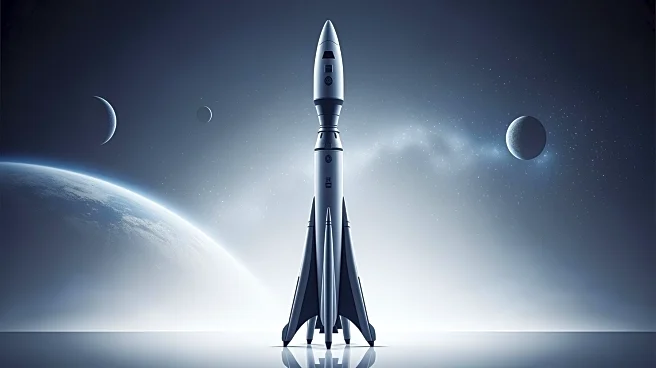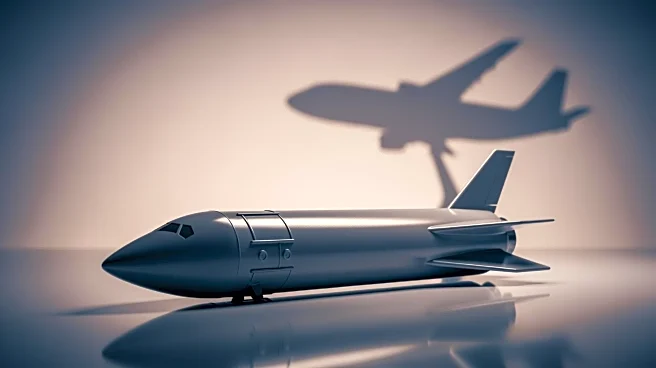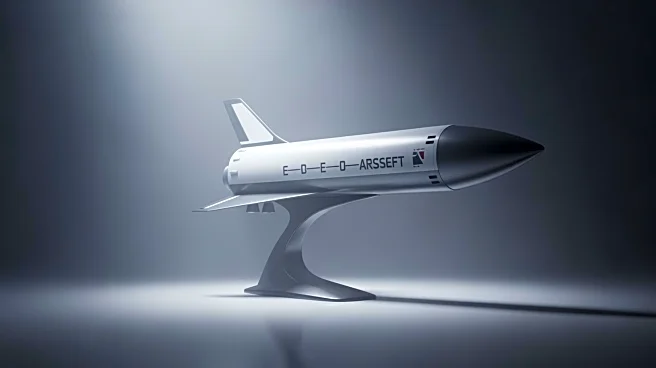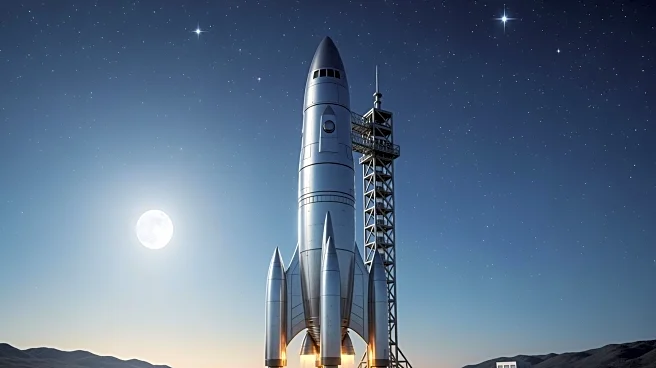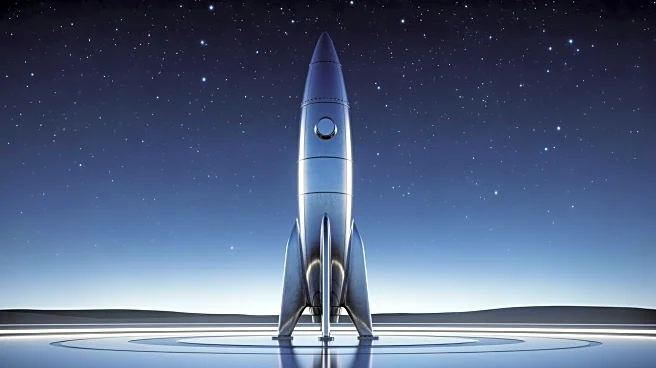What's Happening?
SpaceX is preparing to launch the third version of its Starship rocket, which is set to debut in 2026. This upgraded version will be taller, carry more propellant, and feature new docking adapters for
in-orbit fuel transfer. The enhancements aim to support missions to the Moon and Mars. The previous version, Starship V2, concluded its run with a successful suborbital test flight, paving the way for the new iteration. SpaceX plans to use the upgraded Starship for orbital flights, operational payload missions, and propellant transfer, marking a significant step towards a fully reusable vehicle.
Why It's Important?
The development of Starship V3 represents a major advancement in space exploration technology. By increasing the rocket's capacity and efficiency, SpaceX aims to facilitate more ambitious missions, including potential crewed missions to Mars. This aligns with broader goals of making space travel more accessible and sustainable. The success of Starship V3 could bolster SpaceX's position as a leader in the aerospace industry and influence NASA's reliance on private companies for space missions. The advancements in rocket technology could also have implications for international space exploration efforts.
What's Next?
SpaceX will focus on testing and refining the new Starship version to ensure its readiness for orbital missions. The company plans to demonstrate the rocket's capabilities, including in-orbit refueling, which is crucial for long-duration space missions. As SpaceX continues to innovate, the aerospace industry will be watching closely to see how these developments impact future space exploration strategies. The success of Starship V3 could accelerate timelines for missions to the Moon and Mars, potentially leading to new partnerships and collaborations in the space sector.



